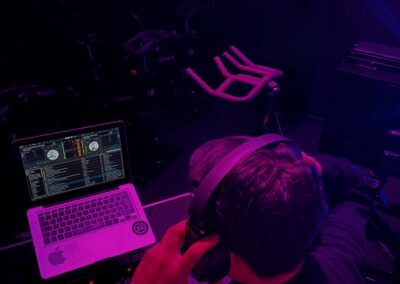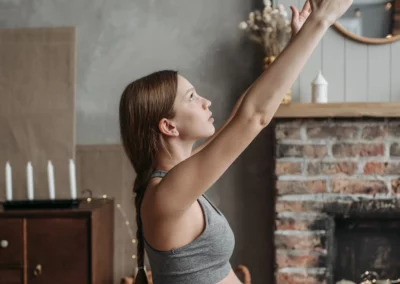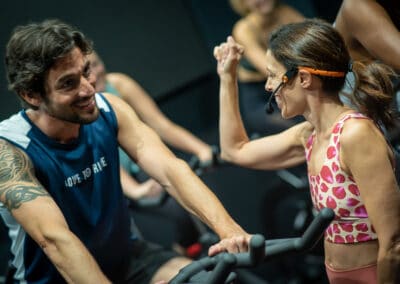What exactly is “bulk” ? Basically, it’s adding a lot of muscle mass to your body. Bulking up is something that needs to be trained for – you must have the goal of major muscle growth in mind.
It’s a form of exercise that anyone can do, since indoor cycling is a low-impact activity that allows you to determine your own intensity level. That’s the pro.
Proper indoor cycling, just like any other form of cardio (we know, we know, even though sometimes pushing that resistance feels more like anaerobic strength training than cardio!), uses your slow twitch muscle fibers, which are designed for long stretches of endurance that can accommodate short bursts of high intensity without completely fatiguing. Slow twitch muscles can’t increases in size like those fast twitch fibers can.

Spinning is not meant to be easy, and especially when your body is not used to it, your muscles can get temporarily inflammed as they try to figure out what the heck is going on and rush blood cells in to aid recovery. This slight inflammation can last for an hour or two, but will in fact go away
Just like any new activity, your body can take some time getting used to indoor cycling – and your muscles might get a little inflammed right after a good sweat. Be sure to gauge your intensity on how hard you are working, not how fast you are going. It’s not what it looks like that counts, it’s what it feels like. Verdict? The claim that indoor cycling makes your legs bulky is definitely a fit myth that needs to take a hike…or rather, ride.
Our low levels of testosterone make it pretty darn difficult to build bulging muscles, according to the American Council on Exericse.
If you ride 15 to 20 (or more) hours a week, you better believe you’ll have the legs to show for it.
The anabolic hormone regulates and stimulates protein synthesis, such as cycling, works your endurance muscle fibres – these become more resistant to fatigue with training, but don’t bulk up.
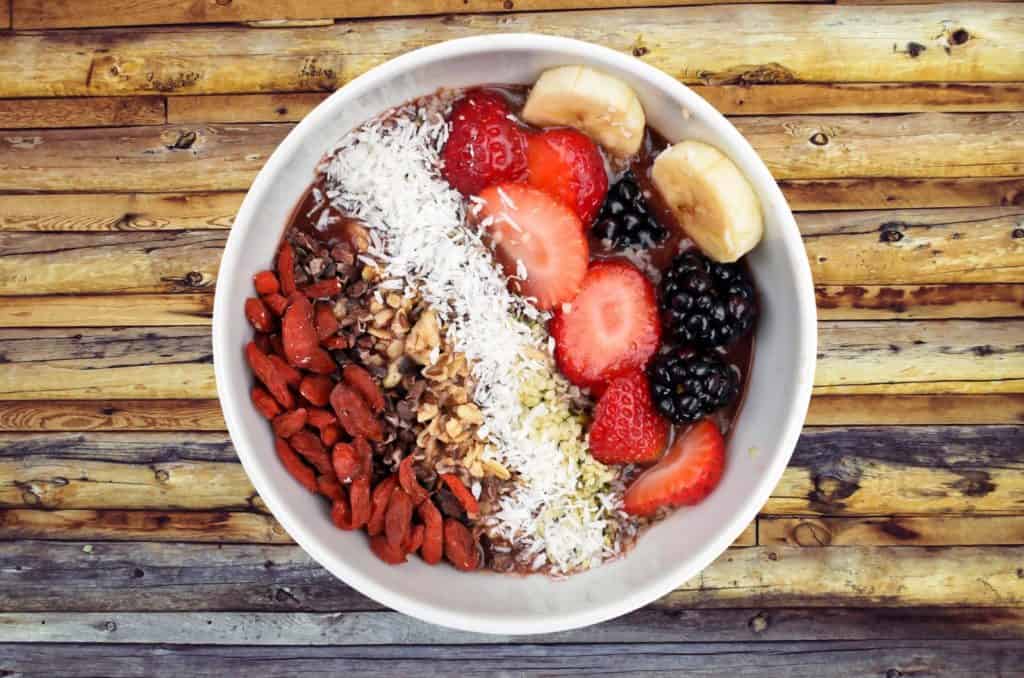
Cycling, alongside a healthy diet, will result in a lean physique for most people.
So if you’re worried about developing tree-trunk legs, here are some things you need to know…
Aerobic exercise, such as cycling, works your endurance muscle fibres – these become more resistant to fatigue with training, but don’t bulk up. You’d need to lift heavy weights on a regular basis to get a reaction from the muscles responsible for power.
Women have much lower levels of testosterone than men (around 15% less), and higher levels of body fat (around 10% more). The body fat is necessary for a healthy menstrual cycle and it’s just the way we are.
So yes, cycling will change the shape of your legs, but unless you’re doing a LOT of squats, and maintaining the same levels of fat (by eating A LOT), you’re not likely to get “bigger”.
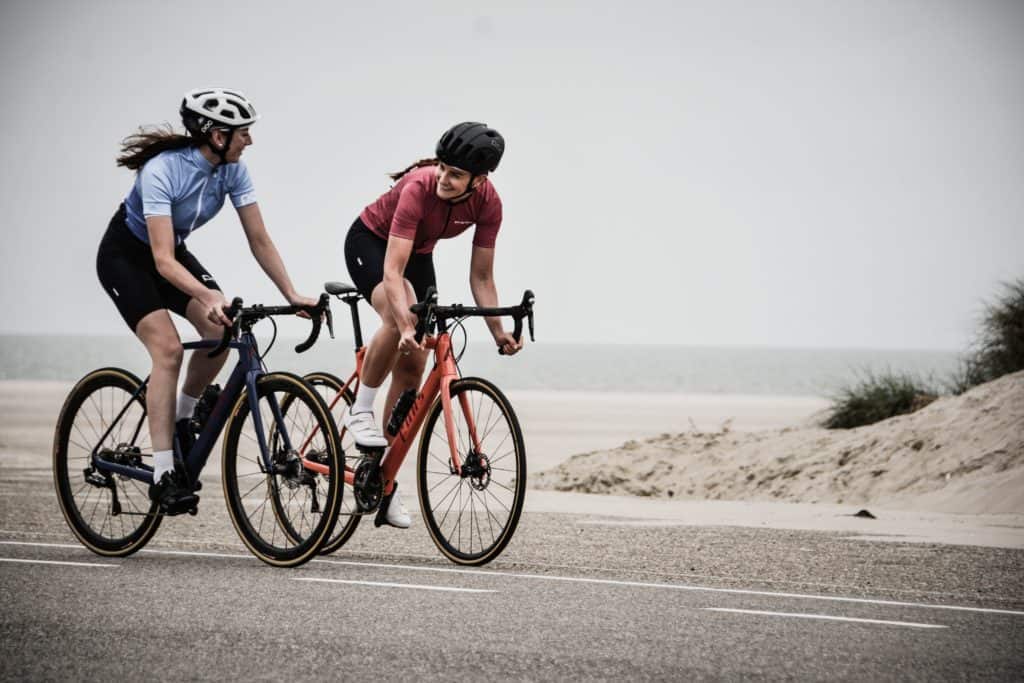
Happy riders are a lot more attractive than anyone stuck indoors, dreaming of skinny legs and cucumber. So go ride your bike!

